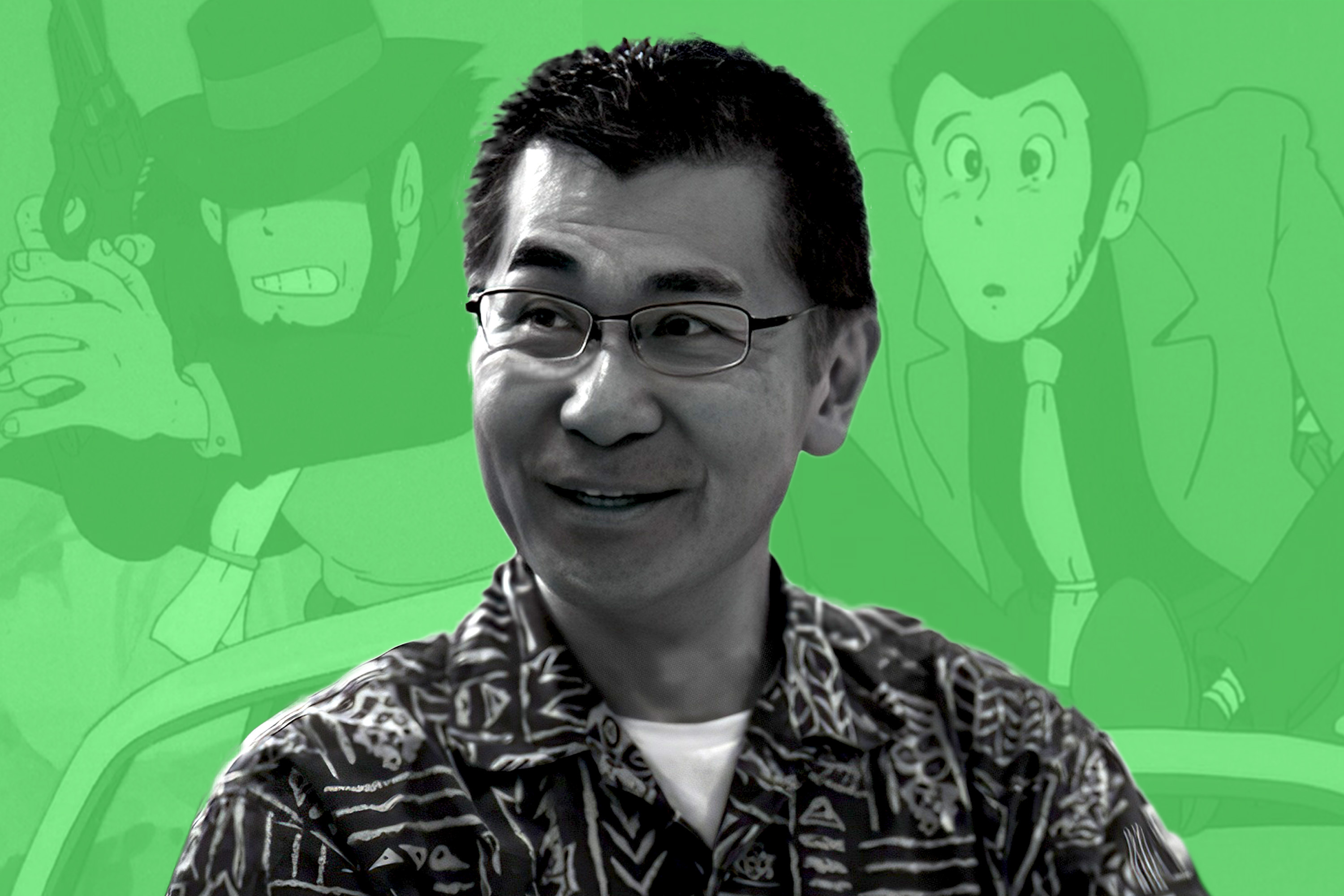
Yamashita’s foray into anime came a bit slowly.
“As a child, I watched various animations without really being aware that this was this incredible medium,” Yamashita told Polygon via a translator. That all changed when he was in junior high school. “I happened to see The Castle of Cagliostro, and that was the one that really made me aware that you could really have a fantastically beautiful and excellent film.”
It was, “by coincidence” directed by Hayao Miyazaki, whom Yamashita went on to work with closely, starting with a more direct relationship on Howl’s Moving Castle. To say this job was a dream come true for him would be putting it mildly. The Castle of Cagliostro was the catalyst for him seeing all that animation could be.
“I thought: This shows that animation can be really fun,” Yamashita says. “And then even with simple lines we could express so much in terms of how to show movement, how to show animation.”
Yamashita credits the movie’s many car chases in the film with catching his eye — with a little special love for the film’s beginning one. “That really amped up my voltage […] when I saw the car chase, I thought that was just amazing that that could be done by such simple animation.”
Which makes sense. It’s hard to remember a time when Miyazaki was simply another artist in line to make the leap from working for an animation studio to directing (by taking on the third film spun off from a popular anime). But The Castle of Cagliostro is exactly that; Miyazaki honing his skills by painting with someone else’s palette. Miyazaki took liberties with the character — changing from the traditional ruthless type modeled after Arsène Lupin to a goofball who seems to be all limbs and luck. This Lupin’s life is far from glamorous, seemingly based out of the modest yellow Fiat and mawkishly coming onto the waitress.
But the result is frenetic — lively animation that feels familiar and unfussy, creative in its sometimes physics-challenging approach, and full of a sense of care for the details that makes the world seem vivid and lived in, even when the action can sometimes be stocky. The car chases are good enough there’s a persistent rumor that Steven Spielberg declared the movie “one of the greatest adventure movies of all time” after screening it at Cannes. Lupin struggling to swim up an aqueduct is the sort of visceral animation that you can laugh at and feel in your joints. The easy melding of styles and influences (both for Miyazaki and the medium itself) make it clear how this simple movie could go on to inspire a whole wave of animators and animation.
Even now, The Castle of Cagliostro is something that sticks with Yamashita. “There are lots of good films, interesting films — but when I think about what I really loved watching, I would probably say it’s the Castle of Cagliostro. [It’s] something that really struck me when I first saw it as a youth,” Yamashita. “As I, myself, have taken on some directing roles. Actually watching or thinking about The Castle of Cagliostro depresses me! Because I can’t make a film that interesting, that good, that fun. So in a way, it’s my target for trying to make a good film, and I feel like it’s my rival to make that film. But I feel like I can’t approach it.”
Lupin III: The Castle of Cagliostro is streaming for free with a library card on Hoopla, and is available for digital rental or purchase on Amazon and Apple TV.